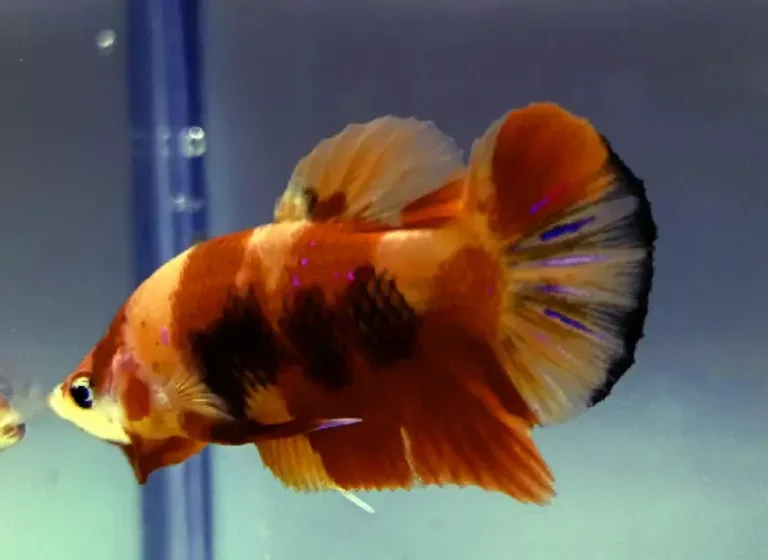Do Betta Fish Suffer From Seizures?
Seizures, also known as convulsions, are not uncommon among betta fish. As a dedicated betta fish owner, you undoubtedly want to ensure the health and well-being of your aquatic pet. However, you may be wondering, Can bettas have seizures? Yes. Experts estimate that 1 in 20 bettas will experience a seizure during their lifetime.
Seizures in bettas are characterized by “uncontrollable shaking, loss of orientation, and rigidity of the fins and body.” An episode usually lasts between 30 seconds and 2 minutes. While the exact cause is unknown, seizures are believed to be triggered by stress, poor water conditions, malnutrition, or genetics. Unfortunately, seizures are difficult to predict and can strike without warning.
If your betta has a seizure, staying calm and monitoring the fish closely in the aftermath is critical. Immediately test and correct the aquarium water parameters, providing clean water with ideal temperature (75°F-82°F), pH (6.5-7.5), and ammonia and nitrite levels at 0 ppm. Reduce stressors and continue close observation, as secondary seizures can occur within 24 hours. With diligent care, many bettas recover fully post-seizure.
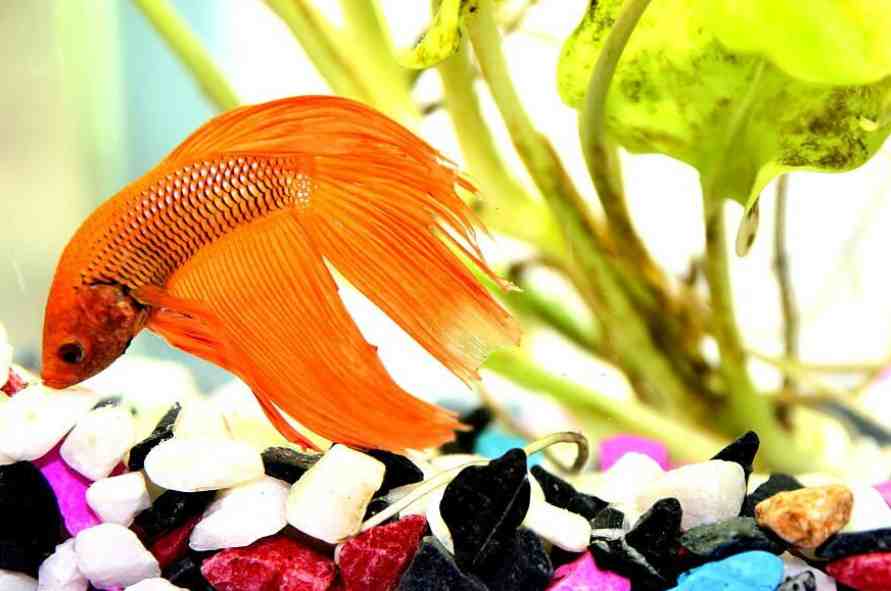
The harsh truth is that seizures can be fatal for bettas. Multiple or prolonged seizures often result in death, usually within a day. As a betta owner, staying vigilant about your fish’s health and maintaining excellent water quality are the best preventative measures. While seizures may still occur randomly, your dedicated care could save your betta’s life if the unfortunate strikes. With knowledge and action, you have the power to reduce the risks and provide the best life possible for your fish.
Table of Contents
- Signs and Symptoms of Seizures in Betta Fish
- Main Reasons For Seizures in Bettas And Prevention
- Prevent seizures in your betta fish
- Treat and Rescue Betta Fish Seizures
- Conclusion
Signs and Symptoms of Seizures in Betta Fish
Detecting a seizure is crucial for your betta’s health. But what are the signs and symptoms of a seizure in bettas? Here are the top 4 symptoms to watch for,
01. Uncontrolled Twitching
Random bouts of uncontrolled twitching and shaking are a classic seizure indicator. Unlike mating twitches, seizure twitches are involuntary and persistent. Time the episode – seizures usually last 30 seconds to 2 minutes.
02. Disorientation
Having a seizure, a betta often acts confused and has trouble maintaining balance. You may see erratic swimming patterns, looping, or floating upside down. Disorientation precedes and follows most seizures.
03. Gulping Air
Bettas gulp at the water surface during a seizure, likely due to distress. Watch for rapid gulping motions and shortness of breath. This symptom confirms an abnormal health event.
04. Loss of Color
Stress from a seizure causes bettas to lose color briefly. A usually vivid fish will appear pale after a seizure. The pale shade indicates a need for immediate care and observation.
Stay alert for any “lethargy, loss of appetite, or hiding post-seizure”. These could signal a secondary health issue. While seizures can’t always be prevented, tracking symptoms allows you to respond quickly if one strikes. Keep a log of seizure duration and behaviors to inform vet care if needed. Close monitoring lets you identify seizures in your betta and act fast to aid recovery. Here are some potential causes of seizures in betta fish and how to avoid them.
Main Reasons For Seizures in Bettas And Prevention
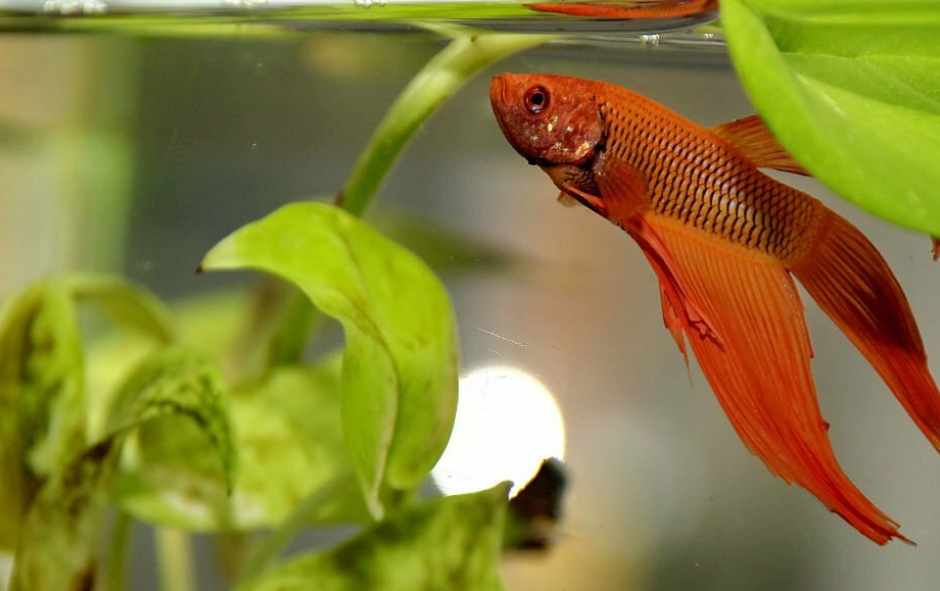
- Excess Light Exposure:
Bettas are sensitive to bright aquarium lights and natural sunlight. Use lower-wattage bulbs, float plants to provide shade, and avoid placing the tank in direct sun. Gradually increase light exposure over 2 weeks when setting up a new tank.
- Loud Noises & Vibrations:
Sound transmitted through water can overload a betta’s sensitive lateral line and cause seizures. Keep the tank away from speakers, TVs, radios, and other noise sources. Never tap on the glass. Use aquarium foam or a standing mat to absorb vibrations.
- Water Quality Issues:
Rapid changes in water temperature, chemistry, flow, etc., can shock bettas’ systems. Perform water changes gradually, allowing the new water to adjust over 30-60 minutes before swapping. Test for and maintain optimal ammonia levels, nitrites, nitrates, pH, hardness, etc.
- Improper Diet:
Malnutrition and abrupt diet changes may trigger seizures. Feed a high-quality pellet and vary the diet with occasional frozen/live foods. Make any food transitions over 2+ weeks.
- Genetic Predisposition:
Some betta breeds may be genetically prone to seizures. Select healthy, vigorous fish from reputable breeders when picking a new betta.
With attentive preventative care, you can minimize risks and create the most seizure-proof home possible for your betta. Stay observant of symptoms and act promptly if a seizure ever does occur.
Other Potential causes of seizures in betta fish and Prevention
01. Improper Acclimation: Moving bettas between tanks or large/frequent water changes without proper acclimation to temperature, pH, hardness, etc., can shock their system. Follow drip acclimation methods over 30-60 mins when moving fish or changing over 25% of tank water.
02. Water Temperature Fluctuations: Bettas thrive at 78°F. Sudden shifts up or down, even 5°F, can trigger seizures. Use a reliable heater to maintain a steady temp. Check daily for consistency. Avoid placing the tank in drafty areas or direct sunlight.
03. Infections & Parasites: Bacterial, fungal, and parasitic infections can damage organs like the brain and cause neurological issues. Watch for signs like clamped fins, bloated bellies, and white fuzzy patches. Treat promptly with medications if illness is suspected.
04. Medication Overdoses: Improperly dosing medications or combining incompatible meds can poison bettas. Closely follow instructions and never exceed the recommended dosage—separate use of medications by 5-7 days.
With diligent acclimation procedures, steady tank conditions, prompt illness treatment, and proper med dosing, you can minimize the seizure risks for your betta. Stay observant and act quickly when any abnormal signs appear.
Prevent seizures in your betta fish
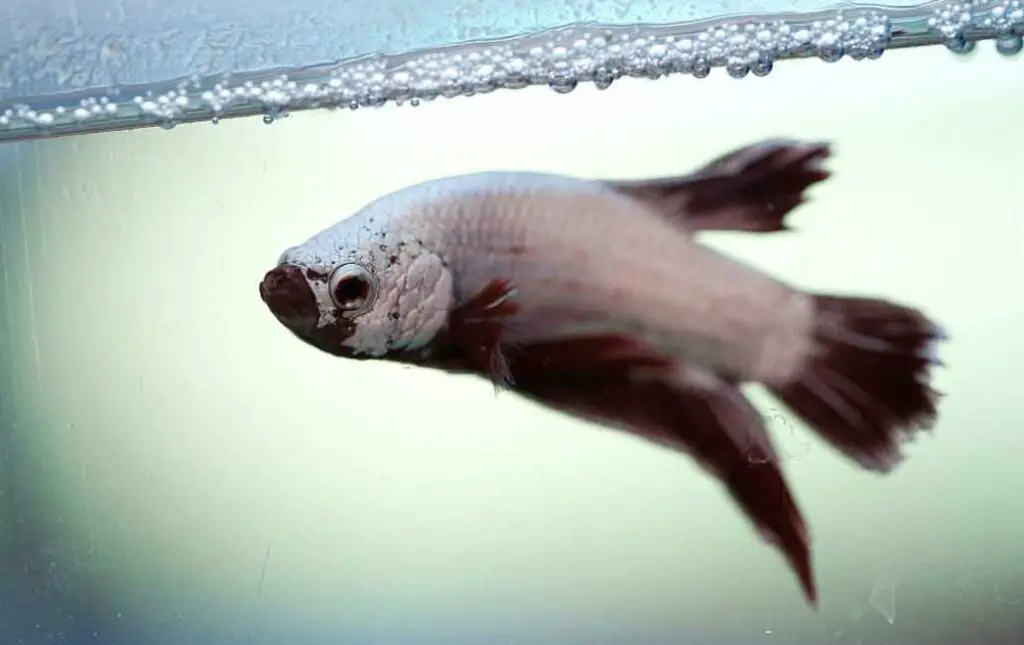
- Maintain Optimal Water Conditions: Keep water temperature around 78°F. Test and regulate ammonia, nitrites, nitrates, pH, and hardness. Perform regular partial water changes.
- Provide a Stress-Free Environment: Give your betta plenty of space, hideaways, and soft lighting. Avoid tank tapping, loud noises, and excessive handling.
- Introduce Changes Gradually: Acclimate betta slowly when moving tanks or replacing water. Make dietary switches over 2+ weeks.
- Offer a Healthy, Varied Diet: Feed a mix of quality pellets, frozen foods, and treats like brine shrimp. This provides complete nutrition.
- Quarantine New Fish: Isolate new bettas for 2-4 weeks before introducing them to monitor health. This prevents contagious illnesses.
- Choose Healthy Fish: When purchasing, select active bettas with intact fins and bright colors. Avoid fish that seem lethargic or sickly.
- Use Medications Judiciously: Follow dosing directions carefully—separate dosing of different meds by 1 week. Never over-medicate.
- Provide Plenty of Plants & Hides: Live plants release oxygen and shade bettas. It helps hide and lower stress. Both aid in seizure prevention.
Staying diligent with water quality, environment, diet, and preventative care is vital to keeping your betta seizure-free and thriving.
Treat and Rescue Betta Fish Seizures
Treating a betta fish experiencing seizures can be challenging, but here are a few tips to provide the best possible care.
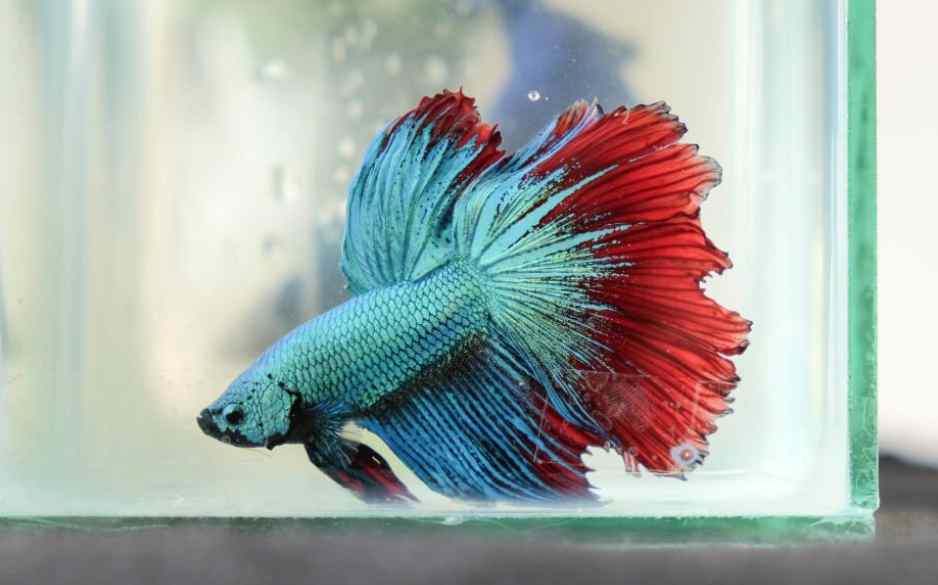
- Reduce Sensory Stimulation – Immediately turn tank lights off and cover the tank to block outside stimuli and noises. Reduce any stressors.
- Correct Water Conditions – Test and perform a partial water change to regulate temp, pH, ammonia, nitrites, etc. Good water quality aids recovery.
- Add Aquarium Salt – Add 1 tsp salt per gallon to help reduce stress and electrolyte loss. Dissolve before adding over several hours.
- Offer Soft Foods – Feed softened pellets, frozen daphnia, or brine shrimp. This prevents choking if coordination is impaired post-seizure.
- Administer Medications – Under vet guidance, use medications like Kanaplex to treat potential infections triggering seizures. Turn filters off temporarily.
- Provide Isolation – Move sick betta to the quarantine tank to closely monitor symptoms and recovery. Assure optimal conditions.
- Consider Veterinary Care – If seizures persist or worsen, contact an exotic vet for examination and prescription treatment if necessary.
You can add Indian almond leaves to the betta fish tank. It releases a lot of tonic and helps to control the water’s pH and ammonia levels. Stay vigilant in care, as secondary seizures often occur 24 hours following the first episode. Relapses may indicate an underlying condition needing veterinary diagnosis. You can give your betta the best chance possible with prompt, thoughtful treatment.
Conclusion
Seizures in bettas are distressing. Proper care and quick response can aid recovery. Stay alert for symptoms like uncontrolled twitching, disorientation, and air gulping that signal a seizure is occurring. Then, immediately reduce stimuli and correct any water issues.
Focus on prevention by maintaining ideal water quality, aquascaping for comfort, introducing changes gradually, and reducing stressors. Quarantine new fish and select healthy specimens when possible.
If a seizure happens, dim lighting, add aquarium salt, soften food, and consult a vet regarding medication options. Isolation allows close monitoring post-seizure. Act quickly but calmly to help stabilize your betta.
Though survival odds are unfortunately low, a betta that overcomes a seizure with diligent care can fully recover. While seizures may reoccur, preventative measures and prompt treatment optimize health and longevity if one strikes. You can catch issues early with attentive husbandry and provide your betta the best possible life.


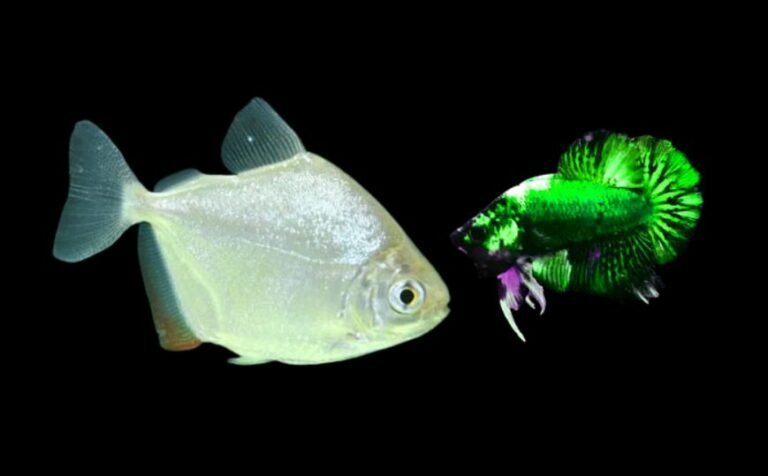
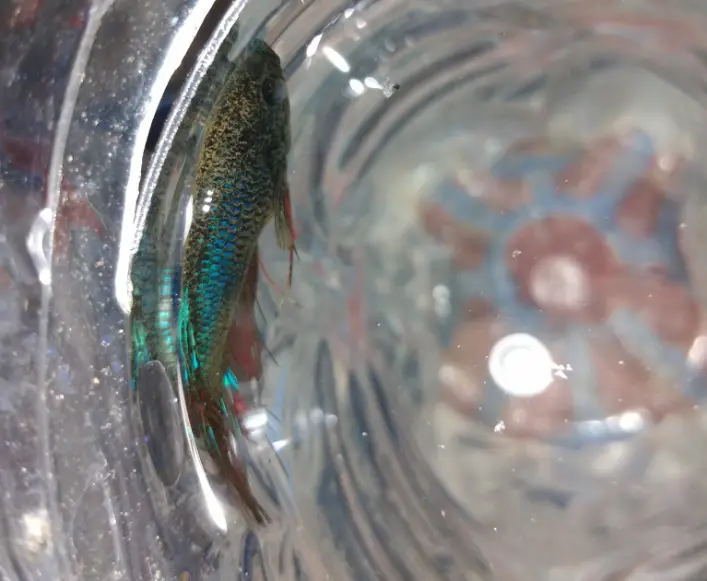
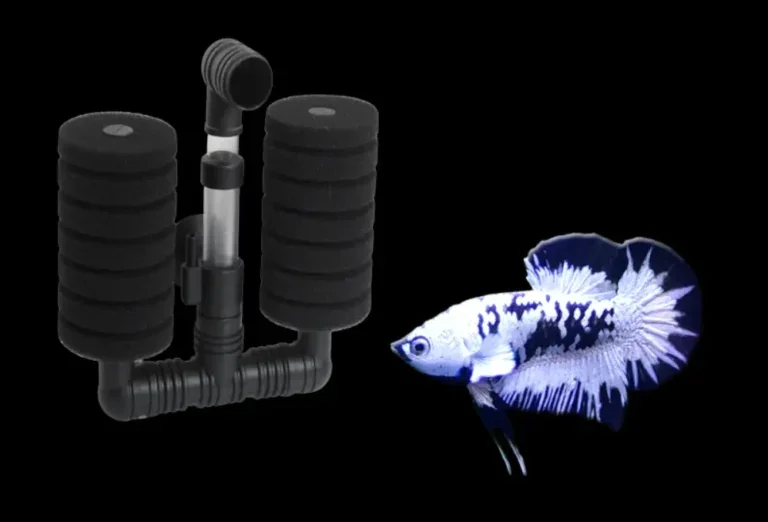
![Can we keep a Black ghost knife fish with a betta fish? [5 Tips]](https://www.tinyfishtank.com/wp-content/uploads/2021/09/Can-we-keep-a-Black-ghost-knife-fish-with-a-betta-fish-768x541.jpg)
